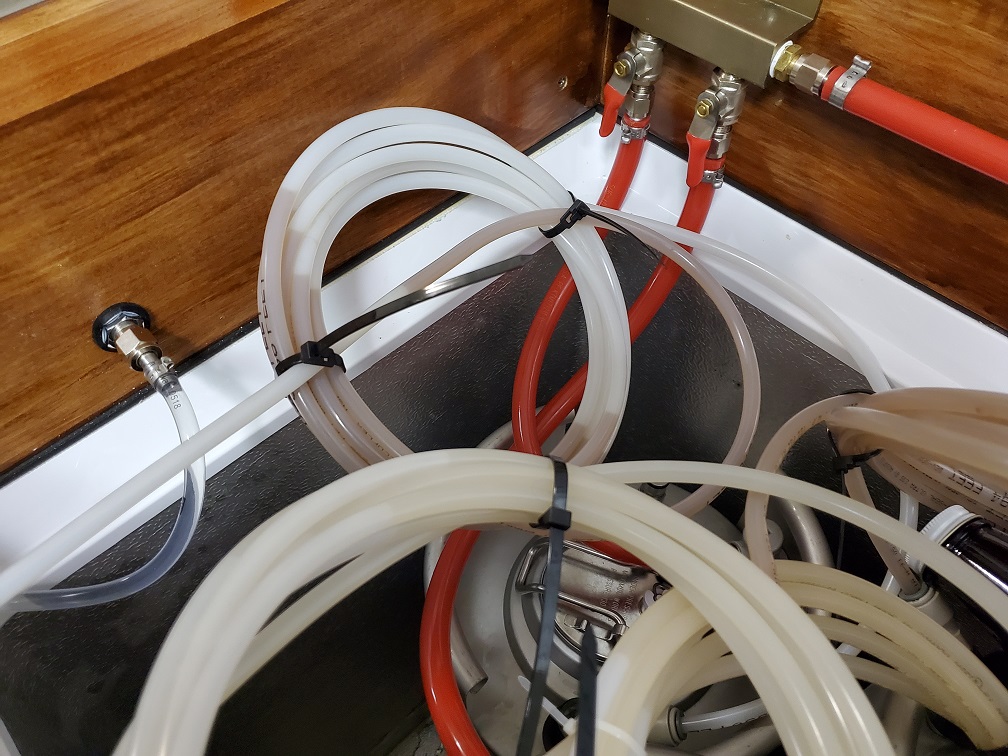I redid the liquid lines in my keezer after I discovered that there was apparently a lot of oxygen ingress through the thinwall tubing I had been using. I used this, the BevSeal ultra line:
https://www.brewhardware.com/ProductDetails.asp?ProductCode=kegtubing316bevseal
I am absolutely buffaloed about this, because I'm getting rather significant bubbles in the lines (see attached pics).
I experimented, clearing four lines and then disconnecting two from the kegs; when I did that no bubbles appeared after a day in the disconnected ones, bubbles reappeared in the connected ones.
They're at 11psi.
I'm at a loss here. I didn't have that issue with the previous lines. It's a mess when I draw the first beer, sputtering and such, foamy, and very uncool.
Any idea what's going on here? And how to fix it?


https://www.brewhardware.com/ProductDetails.asp?ProductCode=kegtubing316bevseal
I am absolutely buffaloed about this, because I'm getting rather significant bubbles in the lines (see attached pics).
I experimented, clearing four lines and then disconnecting two from the kegs; when I did that no bubbles appeared after a day in the disconnected ones, bubbles reappeared in the connected ones.
They're at 11psi.
I'm at a loss here. I didn't have that issue with the previous lines. It's a mess when I draw the first beer, sputtering and such, foamy, and very uncool.
Any idea what's going on here? And how to fix it?







